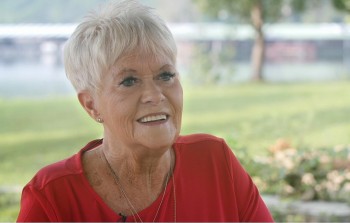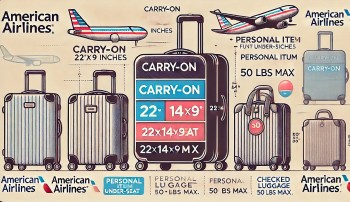Top 10 Most Expensive Coffee In The World for 2021/2022
 |
| Top 10 most expensive coffee in the world in 2021/22 |
Whether you’re a fan of whole bean, drip grind, espresso or French press coffee, this popular drink is consumed by over 1 billion people per day. From the iconic Jamaican Blue Mountain to lesser known brews such as Hacienda La Esmeralda, these are the most expensive coffees in the world in 2021/22.
The List of top 10 most expensive coffee in the world
10. Hawaiian Kona – $35/Pound
9. Los Planes – $40/Pound
8. Fazenda Santa Ines – $50/Pound
7. Jamaican Blue – $50/Pound
6. Molokai – $51/Pound
5. St.Helena – $79/Pound
4. Kopi Luwak – $160/Pound
3. Hacienda La Esmeralda – $350/Pound
2. Finca El Injerto – $500+/Pound
1. Black Ivory Coffee – $1,000+/Pound
What are the most expensive coffee in the world for 2021/2022?
10. Hawaiian Kona
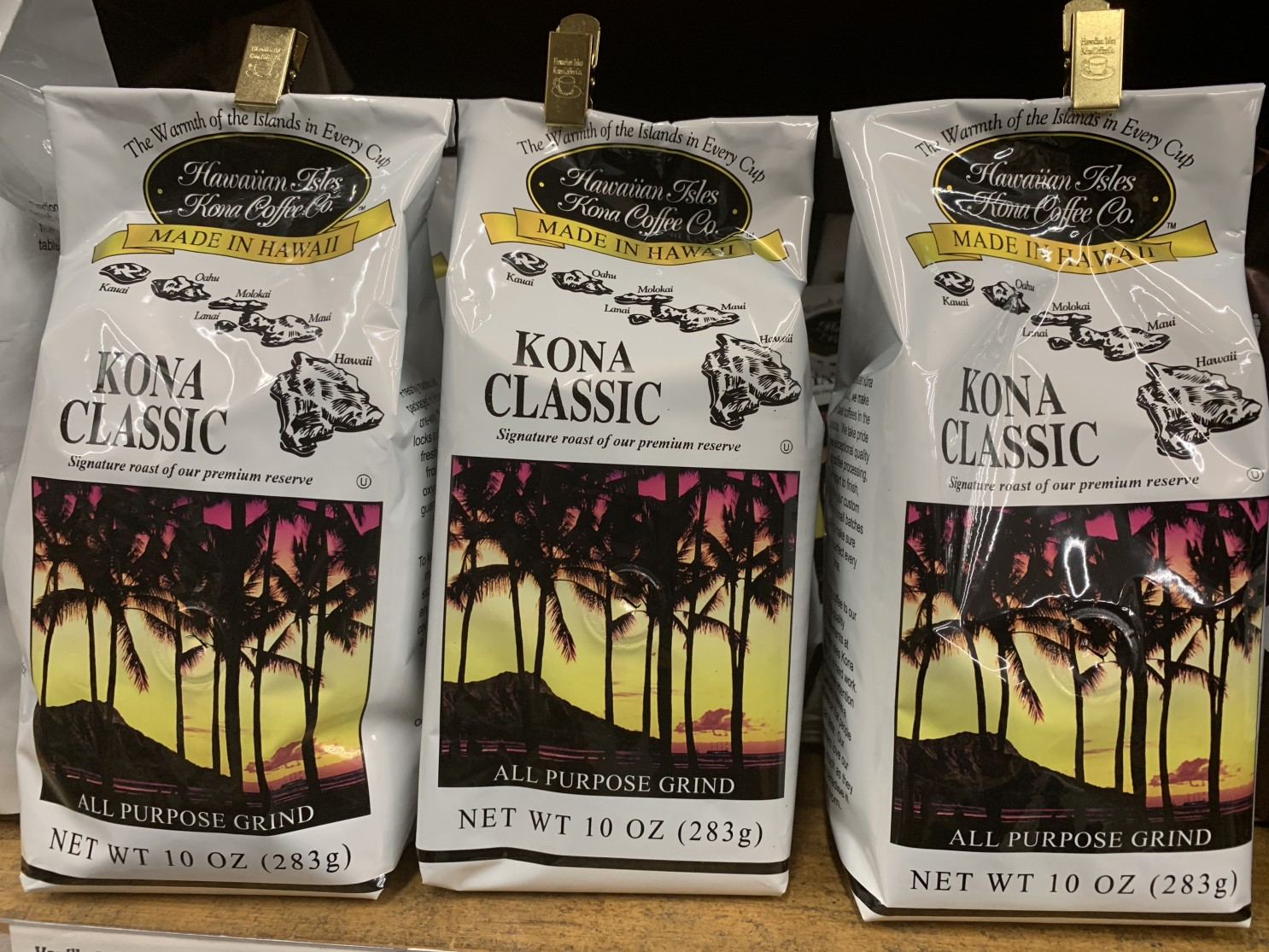 |
| Photo: LA Times |
Kona coffee is the market name for coffee (Coffea arabica) cultivated on the slopes of Hualalai and Mauna Loa in the North and South Kona Districts of the Big Island of Hawaii. It is one of the most expensive coffees in the world. Only coffee from the Kona Districts can be described as "Kona". The weather of sunny mornings, cloud or rain in the afternoon, little wind, and mild nights combined with porous, mineral-rich volcanic soil create favorable coffee growing conditions. The loanword for coffee in the Hawaiian language is kope, pronounced [ˈkope].
The coffee plant was brought to the Kona district in 1828 by Samuel Reverend Ruggles from Brazilian cuttings. English merchant Henry Nicholas Greenwell moved to the area and established Kona coffee as a recognized brand later in the 19th century. The former Greenwell Store and Kona Coffee Living History Farm have since become museums.
In other parts of the Hawaiian islands, it was grown on large plantations, but the 1899 world coffee market crash caused plantation owners to lease land to their workers. Most were from Japan, brought to work on sugarcane plantations. They worked their leased parcels of between 5 and 12 acres (49,000 m2) as family concerns, producing large, quality crops.
The tradition of family farms continued throughout Kona. The Japanese-origin families have been joined by Filipinos, mainland Americans, and Europeans. There are approximately 800 Kona coffee farms, with an average size of less than 5 acres (20,000 m2). In 1997 the total Kona coffee area was 2,290 acres (9 km2) and green coffee production just over two million pounds.
9. Los Planes
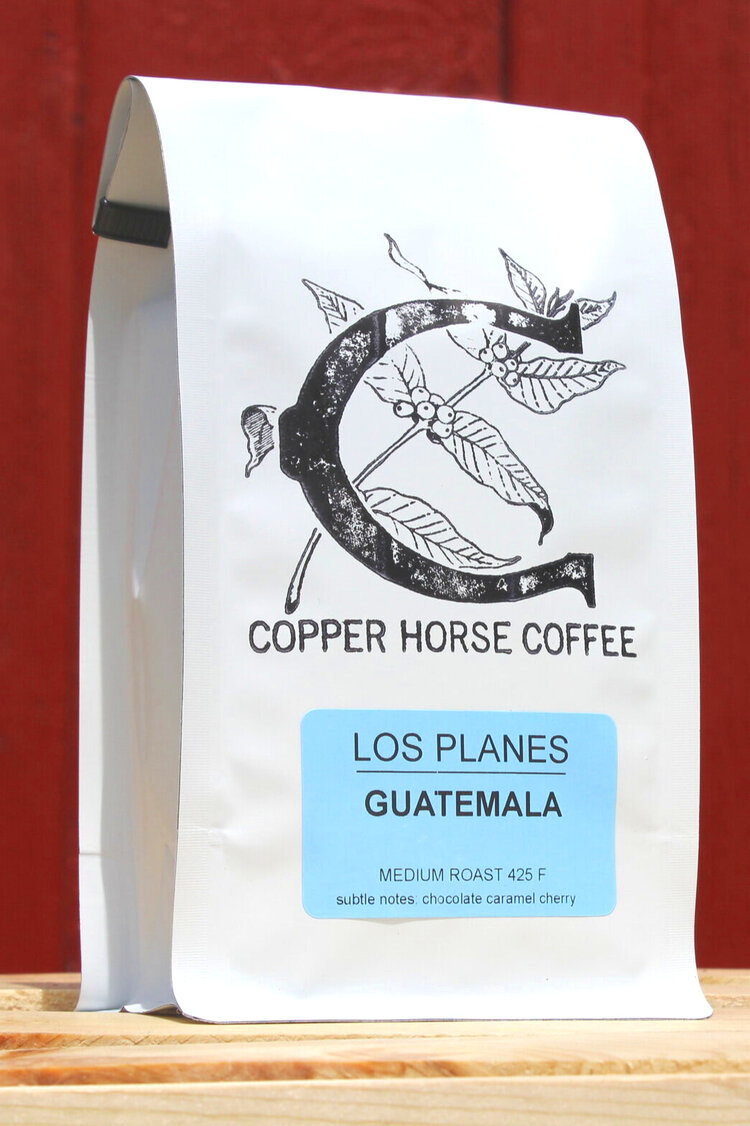 |
| Photo: Copper House Coffee Roasters |
This delicious coffee with notes of milk chocolate, caramel and cherry is grown under a heavy shade covering of native trees. This coffee is grown by a small co-operative in Los Planes, Guatemala, produced by farmers who have a focus on sustainability and a long-term commitment to Fair Trade and Organic Certifications.
Los Planes is a homegrown family-owned coffee plantation in El Salvador. It does come with a pretty steep price tag, $40 per pound, however, Los Planes has managed to build up a substantial loyal customer base that loves the variety of flavors and refreshing taste.
Los Planes coffee is the ninth most expensive coffee in the world.
8. Fazenda Santa Ines
 |
| Photo: The Pinnacle List |
Beginning in 1979, the Pereira family took over coffee production at Fazenda Santa Ines. During this time, the entire Carmo de Minas region of Brazil was experiencing quality troubles that inevitably led to lower quality coffee. The Pereira family took this opportunity to begin making changes on their farm by hiring professionals to aid in improving quality. Since then, Fazenda Santa Ines has invested in new farming techniques and processing methods, as well as utalizing new technology.
These changes eventually led to Fazenda Santa Ines to produce a coffee which broke the world Cup of Excellence record in 2005, scoring a whopping 95.8 points.
This coffee ultimately demonstrates the outstanding potential that coffees from all origins have!
7. Jamaican Blue
 |
| Photo: Getty Images |
Jamaican Blue Mountain Coffee or Jamaica Blue Mountain Coffee is a classification of coffee grown in the Blue Mountains of Jamaica. The coffee was introduced to Jamaica in 1728.
The best lots of Blue Mountain coffee are noted for their mild flavour and lack of bitterness. Over the past few decades, this coffee has developed a reputation that has made it one of the most expensive and sought-after coffees in the world. Over 80% of all Jamaican Blue Mountain Coffee is exported to Japan. In addition to its use for brewed coffee, the beans are the flavour base of Tia Maria coffee liqueur.
Jamaican Blue Mountain Coffee is a globally protected certification mark, meaning only coffee certified by the Jamaica Commodities Regulatory Authority (previously the Coffee Industry Board of Jamaica) can be labelled as such. It comes from a recognised growing region in the Blue Mountain region of Jamaica, and its cultivation is monitored by the Coffee Industry Board of Jamaica.
The Blue Mountains are generally located between Kingston to the south and Port Antonio to the north. Rising to 2,256 metres (7,402 ft), they are some of the highest mountains in the Caribbean. The climate of the region is cool and misty with high rainfall. The soil is rich, with excellent drainage. This combination of climate and soil is considered ideal for coffee.
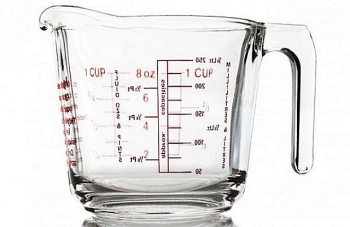 How Many Ounces in A Cup of Water, Beer, Coffee, Rice and Flour? How Many Ounces in A Cup of Water, Beer, Coffee, Rice and Flour? Do you often cook? Have you ever wonder how to convert cups to ounces? Here you are. |
6. Molokai
 |
| Photo: Giesen Coffee Roasters |
Moloka‘i Coffee refers to a legally protected, geographical indication of coffee grown on the island of Moloka'i in Maui County, Hawaiʻi, and processed to specific, legally defined standards. Similar to Kona coffee, Molokai coffee is a market name for a product of specific origin and of a defined quality. Requirements for Molokai coffee not only dictate the origin and quality, but also label design and placement on product package.
Hawaii is one of the few U.S. states where coffee production is a significant economic industry—coffee is the second largest crop produced there. The 2019-2020 coffee harvest in Hawaii was valued at $102.91million.
In 1984 the company Coffees of Hawaii, Inc. was formed and land-lease contracts were formed with Molokai Ranch to establish a coffee farm in the Molokai region.
Four years later, 600 acres were planted with coffee and by 1993 the first commercial harvest was produced.
5. St.Helena
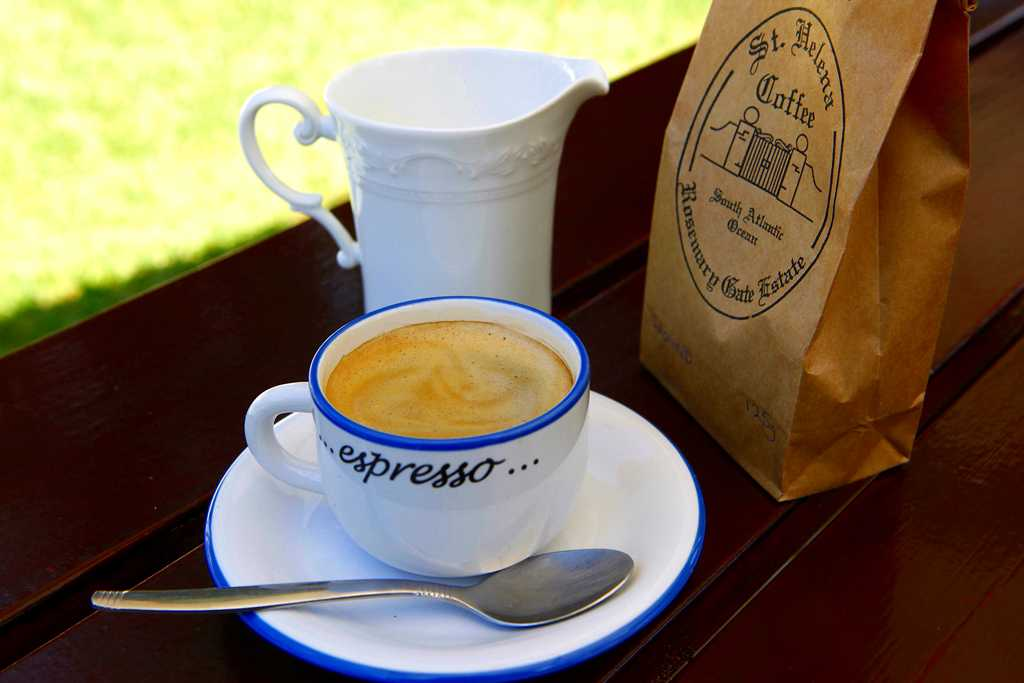 |
| Photo: St. Helena Island info |
The Island of St Helena is a small, mountainous, sub tropical island of 122 square kilometres, situated in the South Atlantic Ocean, on latitude 16 degrees south and longitude 5 degrees 45' west. The island was discovered by the Portuguese Admiral Joao da Nova on the 21st May, 1502. He landed where Jamestown stands today and built a chapel there. For over eighty years the Portuguese kept their discovery a secret and used it to replenish their East India fleet.
On the 10th February 1733, coffee seeds were brought to the Island of St. Helena, by its then owners The East India Company. The Green Tipped Bourbon Coffee seeds were brought from the coffee port of Mocha in Yemen, on a Company ship the "Houghton" by Captain Philips.
Over the past ten years, St. Helena coffee has become known to coffee connoisseurs world-wide, who have been seduced by its distinctive quality and uniqueness.
St. Helena coffee has a distinctive quality and unique heritage as it is not just a pure Arabica coffee, but a single type of Arabica bean known as Green Tipped Bourbon Arabica.
Green Tipped Bourbon Arabica is a subtle and delicate bean, which requires great care during harvesting, wet processing and roasting, to ensure that all of its wonderful characteristics are preserved for the enjoyment of the true coffee connoisseurs.
4. Kopi Luwak
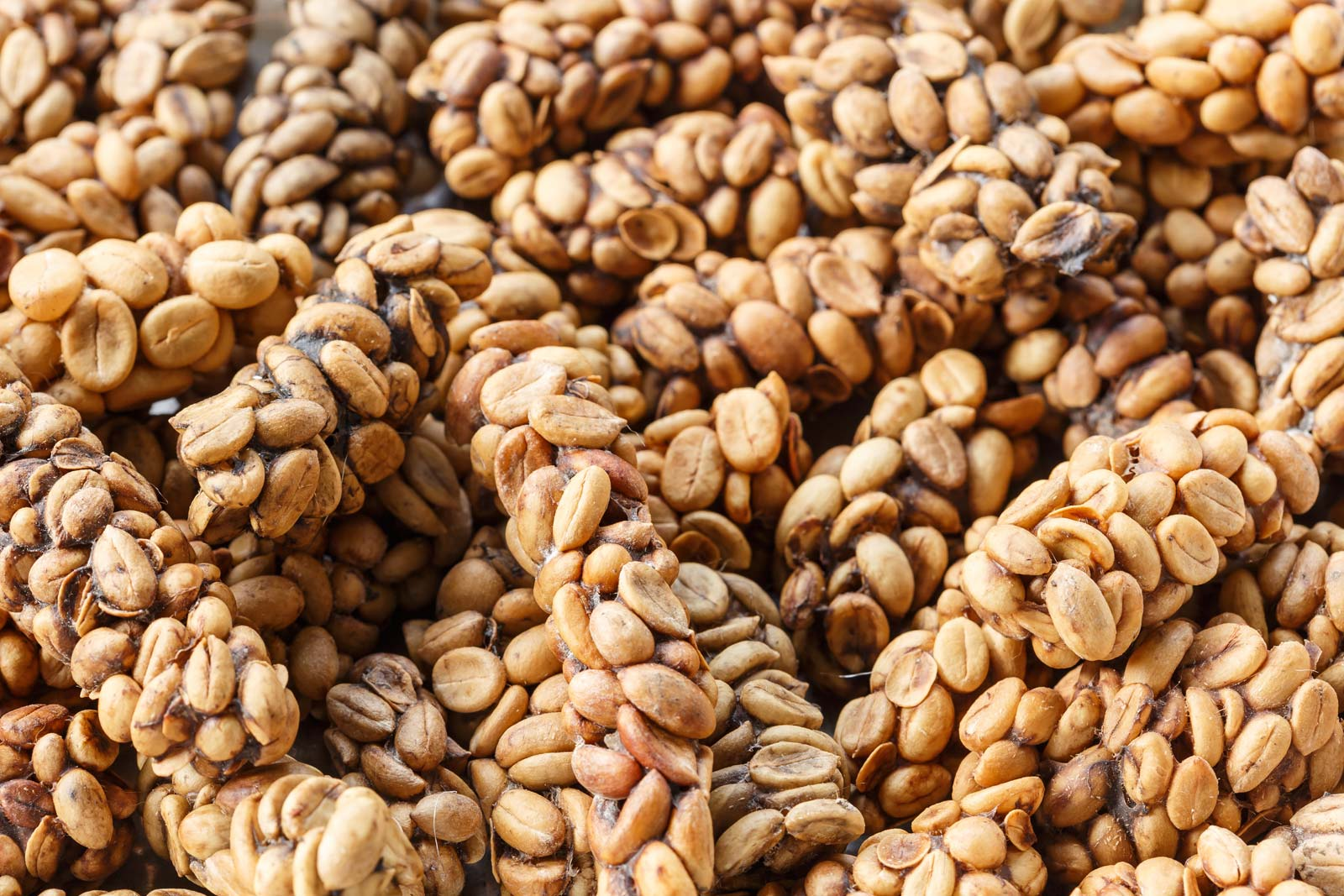 |
| Photo: Getty Images |
Kopi luwak is a coffee that consists of partially digested coffee cherries, which have been eaten and defecated by the Asian palm civet (Paradoxurus hermaphroditus). It is also called civet coffee. The cherries are fermented as they pass through a civet's intestines, and after being defecated with other fecal matter, they are collected. Asian palm civets are increasingly caught in the wild and traded for this purpose.
Kopi luwak is produced mainly on the Indonesian islands of Sumatra, Java, Bali, Sulawesi, and in East Timor. It is also widely gathered in the forest or produced in farms in the islands of the Philippines, where the product is called kape motit in the Cordillera region, kapé alamíd in Tagalog areas, kapé melô or kapé musang in Mindanao, and kahawa kubing in the Sulu Archipelago. Weasel coffee is a loose English translation of its Vietnamese name cà phê Chồn.
Producers of the coffee beans argue that the process may improve coffee through two mechanisms: selection – civets choosing to eat only certain cherries, and digestion – biological or chemical mechanisms in the animal's digestive tract altering the composition of the coffee cherries.
The traditional method of collecting feces from wild Asian palm civets has given way to an intensive farming method, in which the palm civets are kept in battery cages and are force-fed the cherries. This method of production has raised ethical concerns about the treatment of civets and the conditions they are made to live in, which include isolation, poor diet, small cages and a high mortality rate.
Although kopi luwak is a form of processing rather than a variety of coffee, it has been called one of the most expensive coffees in the world, with retail prices reaching US$100 per kilogram for farmed and US$1,300 per kilogram for wild-collected beans.
 Top 9 Famous Coffee Brands In the World Top 9 Famous Coffee Brands In the World Coffee is a famous drink that is rich with caffeine and produced from the plant seeds of the tropical tree. Here is a rundown of ... |
3. Hacienda La Esmeralda
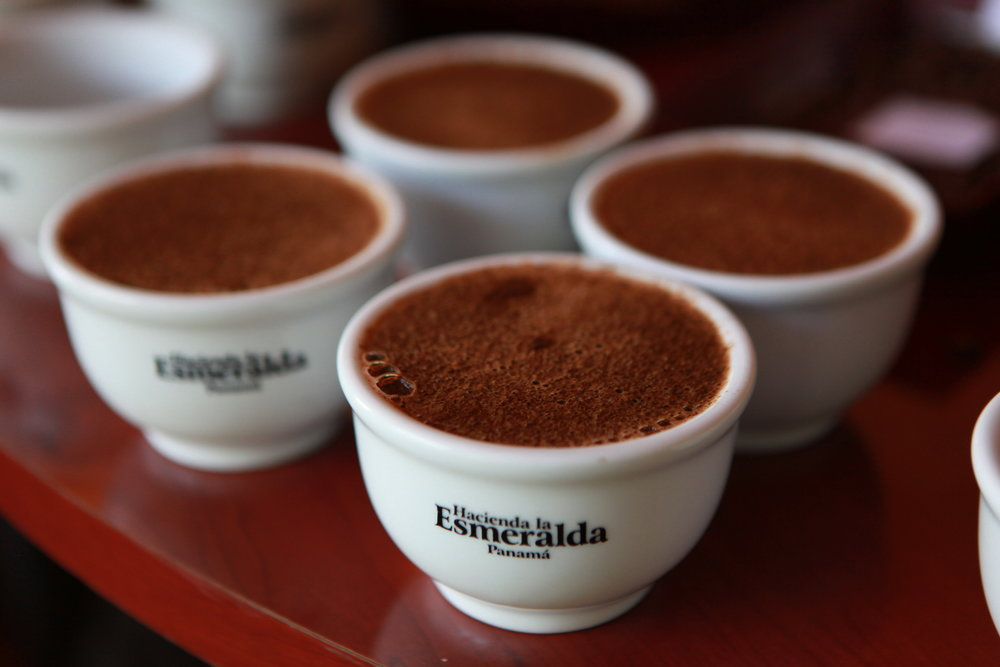 |
| Photo: Clarity Coffee |
The lands that make up Hacienda La Esmeralda where first brought together as a single estate by a Swede named Hans Elliot in 1940. This land comprised several hundred hectares in what are now the Palmira and Cañas Verdes farms. In 1967, a Swedish- American banker by the name of Rudolph A. Peterson (1904-2003) bought Hacienda La Esmeralda as a retirement venture. At the time, the land was predominantly pasture for beef cattle, with some small smatterings of coffee mixed in.
By 1975 the Petersons had switched the farms over to dairy cattle which performed quite well and continues to make up half of Esmeralda’s farm land today. In the mid- 80s, the family was looking to further diversify and coffee, with its rich production history in the Boquete region, was a perfect opportunity.
Coffee had been growing on lands in and around Hacienda La Esmeralda since at least, 1890, and it was this huge reservoir of coffee knowledge and culture that helped the Petersons redevelop much of their land for coffee farming and even make their first coffee farm expansion at Palmira in 1988. Now, it bears mentioning that coffee at this time was almost exclusively an undifferentiated, mass-market, endeavor in Panama. It was not until the mid-1990s that some North American coffee buyers started talking about Specialty Coffee widely.
In 1997 the Petersons purchased the land that became the Jaramillo Farm. This plot on the sides of Volcan Baru was selected specially for its high altitude, in hopes of developing higher scoring, livelier and more nuanced coffees. After the events of 2004 and Geisha’s official coming out at the Best of Panama Auction, much of the Peterson’s focus settled on developing an infrastructure to support superior lot separation, meticulous processing, and a healthy auction format. As auction prices grew and grew, so did the demand for experiments like Natural Processing, and for ever more specificity in lots.
2. Finca El Injerto
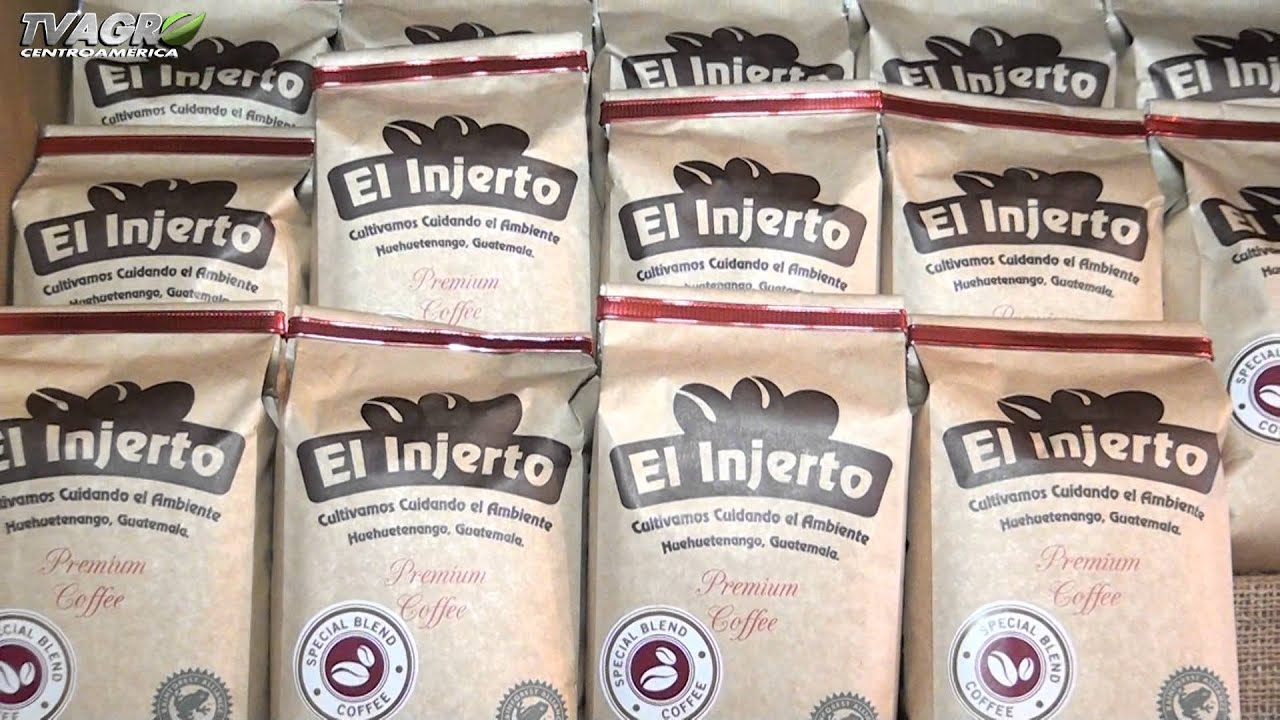 |
| Photo: Youtube |
Jesús Aguirre Panamá was the first owner of this farm, which he acquired during the year 1874. He started planting sugarcane to produce crystallized sugar known as “panela” (brown sugar loaf), corn, beans, and tobacco. Around 1900 he started the planting and production of COFFEE, and called the farm EL INJERTO, as ‘injerto’ is the name of a fruit native to the area.
Today the farm is managed by the third and fourth generation of the Aguirre family, who has worked the farm since 1956, when production was approximately three hundred (300) bags of parchment coffee. Now they work with a great team and with the same mission, to produce specialty coffee; maintaining agricultural practices friendly to the environment and focusing in entrepreneurial social responsibility to achieve a new farm management manner, economically viable for all parties involved.
After all this years they have specialized in producing high quality coffee. To be able to do this they have invested a lot in investigation, technology and education.
Located in the Highlands of Huehuetenango close to the famous Sierra de los Cuchumatanes the farm plantations goes from 1500masl (meters above sea level) all the way to 1920masl where the most delicate and exotic varieties are planted. El Injerto has mineral rich, non-volcanic soil, an average precipitation of 1600mm and temperature of 22ºC resulting in some of the best microclimates to produce Specialty Coffee.
El Injerto transmits with its coffees the most honest expression of its terroir characterized by the climate and soil attributes of location. Respect and learning of the place of origin of our varieties are the premises that direct the processes of our coffees.
1. Black Ivory Coffee
 |
| Photo: Black Ivory Coffee |
Black Ivory Coffee is a brand of coffee produced by the Black Ivory Coffee Company Ltd in northern Thailand from Arabica coffee beans consumed by elephants and collected from their waste. The taste of Black Ivory coffee is influenced by elephants' digestive enzymes, which breaks down the coffee's protein.
Black Ivory Coffee is among the world's most expensive coffees, at US$2,000 per kilogram. The producer sells the coffee to select luxury hotels, where it is sold at US $50 per cup. The coffee can also be purchased online. The coffee product in 2021 was 215kg. The supply of Black Ivory coffee depends on the availability of coffee cherries, the appetite of the elephants, the number of beans destroyed through chewing of the beans and the ability of the mahouts and their wives to recover intact beans. The high price of the product is largely due to the large number of coffee cherries needed to produce the finished product: 33 kilograms (72 pounds) of raw coffee cherries results in one kilogram (two pounds) of the finished product. Most of the beans are not recoverable as they are chewed by the elephants, become fragmented, or are lost in the bush after being excreted.
 Top 10 Most Expensive Sunglasses in the World Top 10 Most Expensive Sunglasses in the World Gone are the days when sunglasses were used mainly for eye protection against harmful UV rays. Check out the top 10 most expensive sunglasses in ... |
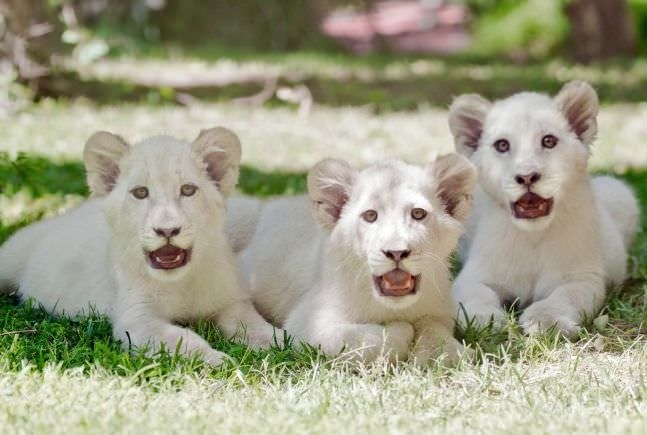 Top 10 Most Expensive Animals In The World Today Top 10 Most Expensive Animals In The World Today Animals are human’s friends so many of us are ready to spend a large amount of money buying animals. ... |
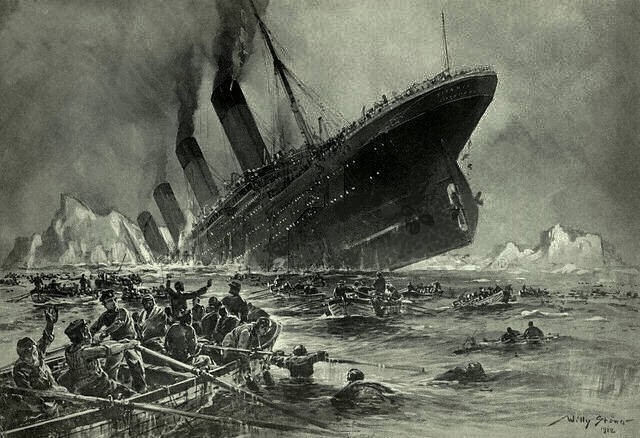 Top 10 Biggest Mistakes In History Top 10 Biggest Mistakes In History Everyone used to make mistakes but there are mistakes that count the money. Check out 10 worst mistakes ever made in history. How much does ... |
 Top 10 Most Handsome & Hottest NBA Players in the World of All Time Top 10 Most Handsome & Hottest NBA Players in the World of All Time Basketball is a sport that has fascinated the whole world for many years with many handsome and hot male players. Check out the list of ... |




















